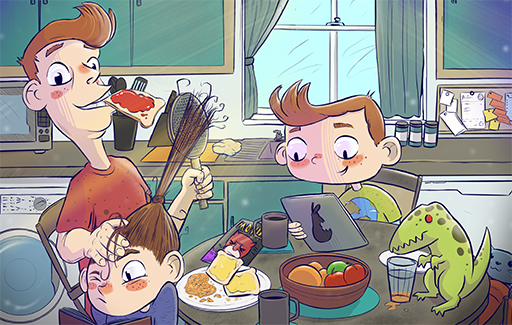Session 7: Supporting children as readers at home
Introduction
In Session 6, you considered the importance of reader relationships and building communities of engaged readers in classrooms and schools. This session sharpens the focus on children’s reading outside the classroom and school environment and includes attention to parents as partners.

Data from the 5-yearly international Progress in International Reading Literacy Study (PIRLS) showed that children who are motivated to read outside of school achieve higher scores on reading assessments (McGrane et al., 2017). Indeed, the textual environments in which children are immersed outside of the classroom play a critical role in shaping their engagement with, and attitudes toward, reading (Levy, 2011). When educators recognise and value children’s home reading practices, foster positive home–school relationships and develop shared understandings of reading with parents and children, they can make a real difference to children’s reading lives.
In Session 4, you read about why it is important for educators to find out about children’s home reading practices and their interests and preferences in order to make appropriate recommendations and offer children texts with personal resonance. This session delves deeper into the nature of children’s home reading and considers how such reading differs from, and interconnects with, school reading. It then explores how reciprocal relationships with parents can support children’s pleasure in reading.
By the end of this session, you will have:
- an understanding of the differences and connections between children’s reading at home and reading at school
- explored research on shared reading in home environments
- considered how to foster reciprocal partnerships with parents
- reflected upon children’s access to books and other reading materials at home and how to enhance it.
